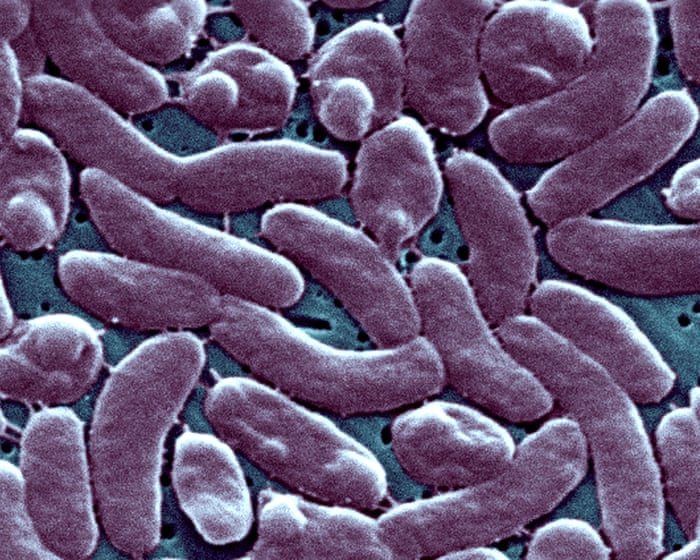Louisiana officials have reported that five people have died in 2025 from a flesh-eating bacterium found in warm coastal waters, a significant increase compared to the state’s average annual death toll from such infections.
As of Wednesday, at least 26 people had been infected with Vibrio vulnificus, all of whom required hospitalization. According to the Louisiana Department of Health, 85% of these infections occurred when seawater entered an open wound, and 92% of those infected had at least one underlying health condition.
Over the past decade, Louisiana has averaged about 10 Vibrio infections and one death per year. The recent rise in cases aligns with scientific warnings that Vibrio infections are becoming more common as sea surface temperatures increase due to climate change, which is largely driven by greenhouse gas emissions.
Vibrio bacteria thrive in warm coastal waters and are most active between May and October. People can become infected either by exposing an open wound to seawater or by eating raw or undercooked seafood.
About one in five people infected with Vibrio vulnificus die, sometimes within just two days of showing symptoms. Survivors may require limb amputations or intensive care.
The death of Basil Kennedy, a 77-year-old man from New Orleans, highlighted the dangers of the bacteria. His daughter told Louisiana news station WVUE that he scraped his leg on a boat trailer in Bay St. Louis, Mississippi, in July. He cleaned and bandaged the wound and avoided going in the water, but his health rapidly declined within three days, and he died.
His daughter, Kay Kennedy Regimbal, emphasized that people shouldn’t be afraid of the water but stressed the need for greater public awareness and preparedness regarding potential exposure risks.
Symptoms of Vibrio infection can include stomach illness, severe wound infections, fever, blistering, and dangerously low blood pressure if the infection enters the bloodstream.
Nationwide, the U.S. typically sees 150 to 200 Vibrio vulnificus cases each year, with about half occurring in Texas, Louisiana, Mississippi, Alabama, and Florida. Louisiana officials noted that their state and Florida have reported the highest numbers of cases and deaths.
Frequently Asked Questions
Of course Here is a list of FAQs about the recent flesheating bacteria cases in Louisiana designed to be clear concise and helpful
General Information The Event
Q What exactly happened in Louisiana
A Five people have died after becoming infected with a rare flesheating bacterium called Vibrio vulnificus found in warm coastal waters
Q What is this flesheating bacteria called
A The specific bacterium is named Vibrio vulnificus While its often called flesheating its medical name is necrotizing fasciitis which is a severe infection that destroys soft tissue
Q Is this a new disease or bacteria
A No Vibrio vulnificus is not new Its a naturally occurring bacterium in warm coastal waters The recent event is a cluster of severe fatal cases
Causes Transmission
Q How do people get infected
A People can get infected in two main ways
1 Open Wounds The bacteria can enter the body through a cut scrape or recent surgery wound that comes into contact with salt or brackish water
2 Eating Shellfish Eating raw or undercooked shellfish particularly oysters that harbor the bacteria
Q Can I get it from swimming in the ocean with no cuts
A The risk is extremely low if your skin is completely intact The bacteria primarily enters through breaks in the skin
Q Is it contagious from person to person
A No you cannot catch it from an infected person through casual contact or the air
Risks Who is Affected
Q Who is most at risk for a severe infection
A People with weakened immune systems are at the highest risk This includes individuals with
Liver disease
Diabetes
Cancer or those on chemotherapy
Kidney disease
Iron overload disorders
Anyone taking immunosuppressive drugs
Q What are the symptoms to watch out for
A Symptoms can appear quickly within 24 hours Watch for
From a wound Increasing redness swelling severe pain fever blisters and pus at the wound site




